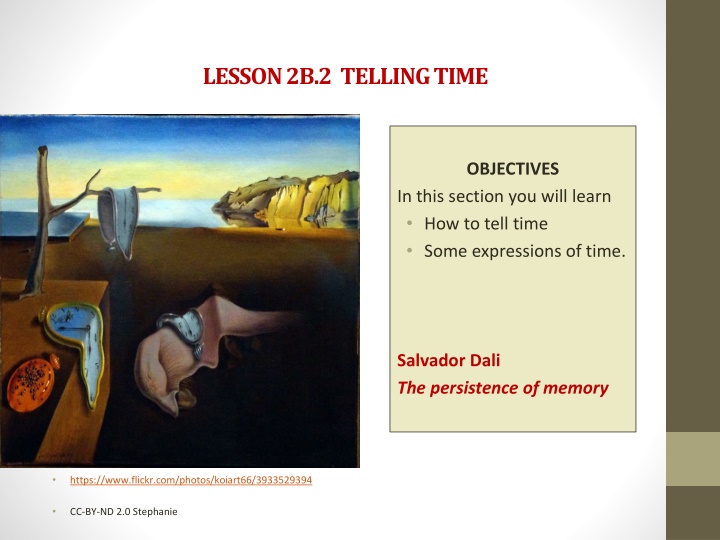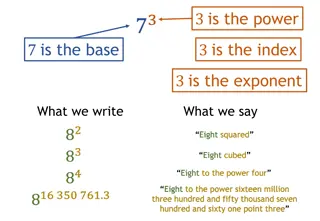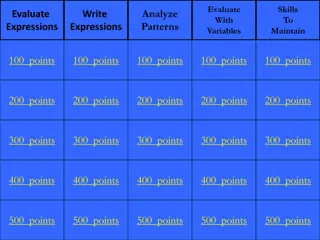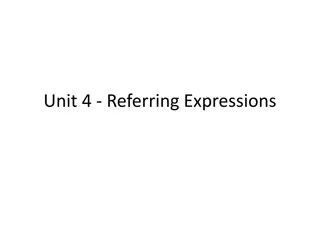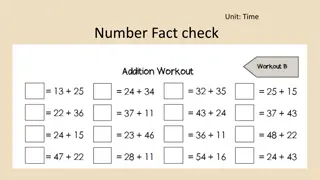Learning to Tell Time: Essential Tips and Expressions
In this section, you will learn how to tell time using expressions such as "Quelle heure est-il?" (What time is it?) and different methods for telling time based on the hour. You will also discover expressions for specific times of the day and how to differentiate between telling time and expressing the time of an event. Practice and memorization are key to mastering the art of telling time effectively.
Download Presentation

Please find below an Image/Link to download the presentation.
The content on the website is provided AS IS for your information and personal use only. It may not be sold, licensed, or shared on other websites without obtaining consent from the author.If you encounter any issues during the download, it is possible that the publisher has removed the file from their server.
You are allowed to download the files provided on this website for personal or commercial use, subject to the condition that they are used lawfully. All files are the property of their respective owners.
The content on the website is provided AS IS for your information and personal use only. It may not be sold, licensed, or shared on other websites without obtaining consent from the author.
E N D
Presentation Transcript
LESSON 2B.2 TELLING TIME OBJECTIVES In this section you will learn How to tell time Some expressions of time. Salvador Dali The persistence of memory https://www.flickr.com/photos/koiart66/3933529394 CC-BY-ND 2.0 Stephanie
OVERVIEW The most common way of asking the time is: Quelle heure est-il? (What time is it?) -Read about how to tell the time for the first half hour: Il est deux heures dix (it s 2:10) addition -and for the second half hour: Il est trois heures moins dix (It s 2:50) substraction * (=It s three minus ten) (You must always include the word HEURE/S) Also: Midi (noon)/ minuit (midnight): Il est midi/ Il est minuit -Notice: Il est une heure and Il est trois heures (singular and plural) * Of course, you can also say Il est deux heures cinquante (2:50), however, be aware that for this class you must use the subtraction method.
OVERVIEW Expressions for telling time As usual, you must practice and memorize them. Example: Il est dix heures du matin (in the morning) Il est dix heures du soir (in the evening) Il est quatre heures de l apr s-midi (in the afternoon)
Overview -Notice the difference between telling the time and expressing the time of an event: Il est cinq heures et quart La classe est 10 heures et demie (...it's at...) Je rentre chez moi dix heures du soir (I return home at 10 p.m) -------------------------------------------------------------------------------------- Examples: 1) On arrive au caf dix heures et demie du matin 2)Nous parlons avec le professeur midi 3)Je rentre tard, onze heures et quart du soir 4)On regarde la t l a neuf heures du soir 5)Elles mangent vers* deux heures moins le quart de l apr s-midi 6) Il commence tr s t t**, huit heures vingt du matin *about/around **early CC-BY Roger Celis
